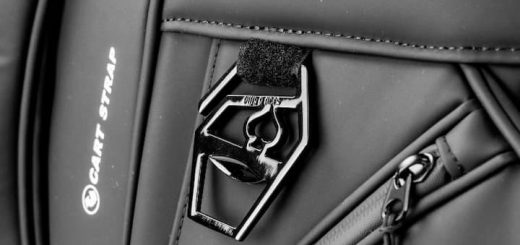A How-To on Battery Chargers To Keep Your Vehicle in Top Shape
Without the use of electricity, more than 90% of our everyday conveniences wouldn’t be usable. Most of them rely on some sort of portable power source in the form of a battery. The same goes for your car, as without a battery, it wouldn’t be able to start.
Working together with the starter and alternator, the battery is able to provide not only power for the engine to run but also for all your auxiliaries such as lights, AC, radio and so on. Just as important as the engine or brake pads, car and caravan batteries are crucial for a safe and issue-free drive, but so are battery chargers.
Types of Battery Chargers

Trickle
One of the most commonly used battery chargers today is known as a trickle charger. This type of solution is used to prevent a battery from being fully depleted of its juice when left unused for a long time. A reliable and user-friendly trickle vehicle charger sends a steady flow of low current to keep the battery at the exact same charge you left it at.
Rapid
As their name suggests, rapid chargers are made to quickly charge your battery so that you can get back on the road. These aren’t necessarily used in emergencies, however, when on the side of the road or at a service station with a flat battery and no one with a powerful enough engine or jump pack to help you continue your journey. However, rapid chargers are known to generate a lot of heat, which is not ideal for the battery.
Smart
Used as both monitors and chargers, smart vehicle chargers are able to switch between maintenance and charging mode and adjust the amount of current they send to your battery in real time. Also known as automatic vehicle chargers, they help keep the battery safe from overcharging, which means you don’t ever have to disconnect the charger from the battery, as it will switch to maintenance mode once it’s done charging.
Jump Starters
A vehicle charger that stands true to the word “emergency” is a jump starter. They are able to provide enough juice to get your car started without having to wait for hours in order to do so. Keep in mind, though, that a jump starter doesn’t fully charge your battery, just eliminates the need for another vehicle to be used to start your car, useful when on barren land.
Maintainers
Similar to trickle chargers, battery maintainers are meant to provide a low and steady flow of electricity, too. However, they only start charging the battery when its voltage drops. You can also leave maintainers on your battery indefinitely and it’s probably better to do so if using this type of charger. This is essentially a less capable, but more affordable trickle charger.
What to Consider

Engine
The displacement of your engine largely determines how powerful your charger needs to be to keep your battery in good condition. The larger and more powerful your engine is in terms of CC and HP, the larger the battery you have in the engine bay and the more power the charger needs to supply at a much quicker or the same rate as a less powerful charger.
Battery
Another factor that determines the type of charger you should get is the type of battery you have under the bonnet. If your car or caravan has a lead-acid battery, you can use just about any type of charger on it, however, if you have a gel cell, AGM/ EFB or calcium battery, you should go for a smart charger. Usually, vehicles with start-stop systems have the latter.
Safety Features
Added features can be found on most vehicle chargers nowadays and one of them is a digital screen to read every tetrameter there is a bout your battery. You can also have a feature that allows you to select a certain number of charging cycles that when your battery reaches, you’ll get notified about it.
How to Use a Battery Charger
1. To make use of a battery charger, you need to be as safe as possible with it. This means wearing gloves and safety goggles and checking the battery for leaks or damage before setting up the charger. This goes for a more permanent solution.
2. Make sure the battery terminals are cleaned and that the correct charger is used for the battery your vehicle uses. Next, connect the charger to the positive terminal first and then the negative one.
3. After that, set up the charging parameters you want for your battery, which include the amperage and selecting the battery type. Then just plug in the charger, or turn it on and monitor the charging process. Any excessive heat or swelling means you should disconnect it.
4. Once done, disconnect the charger by turning it off first and then removing the clamps from the terminals. Remove the negative clamp first and then the positive one.







